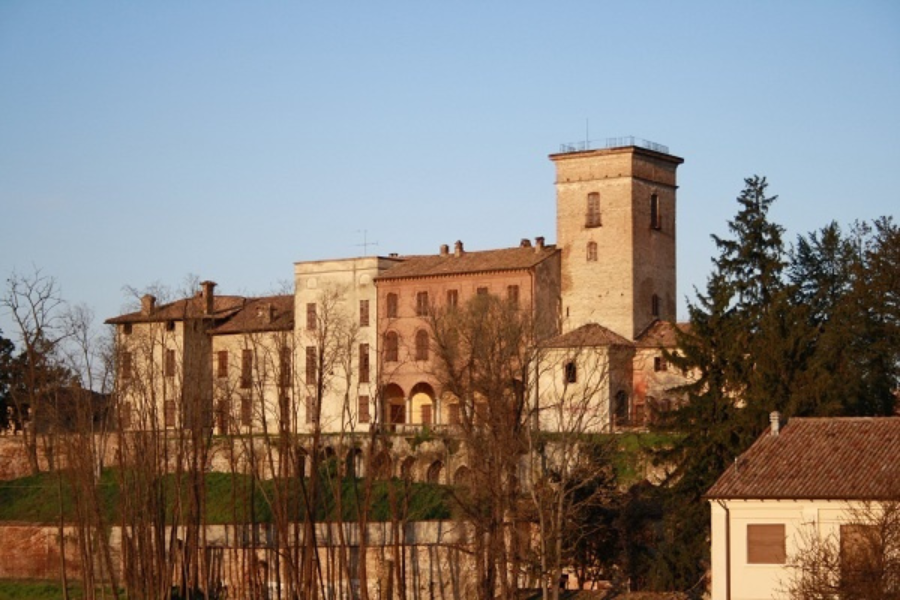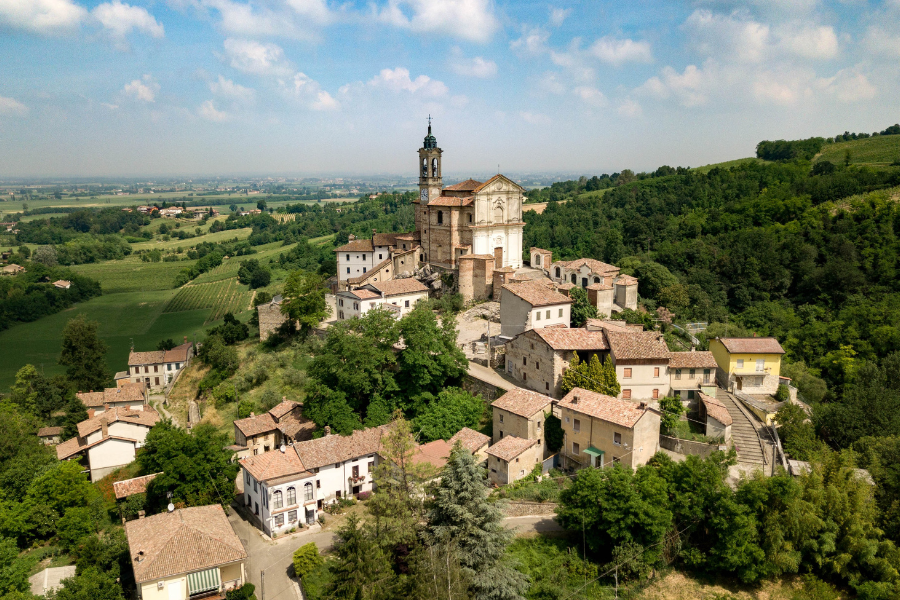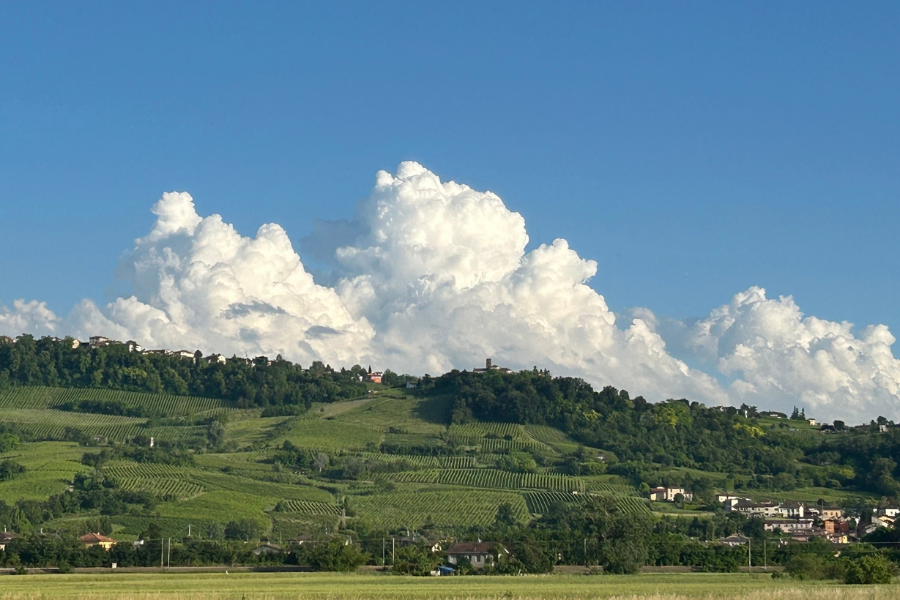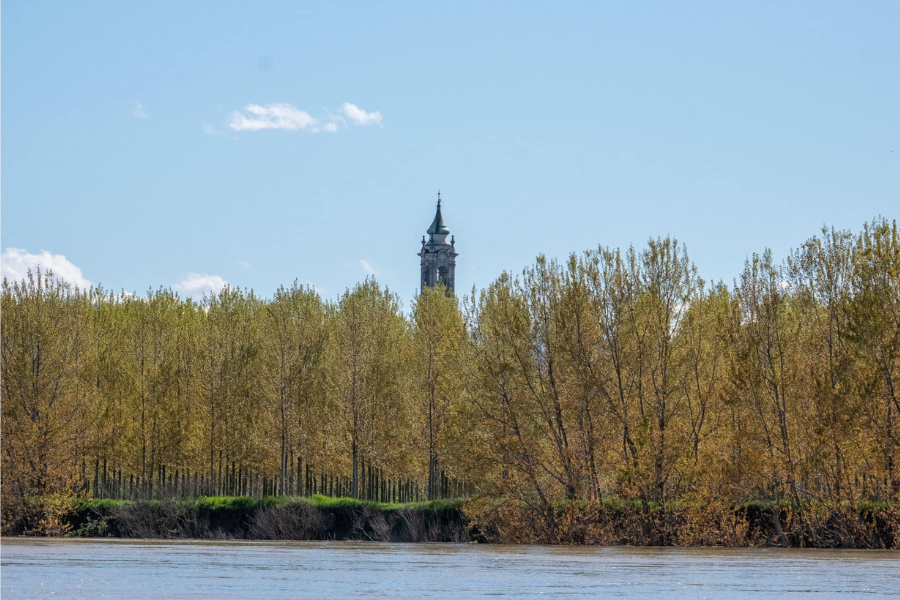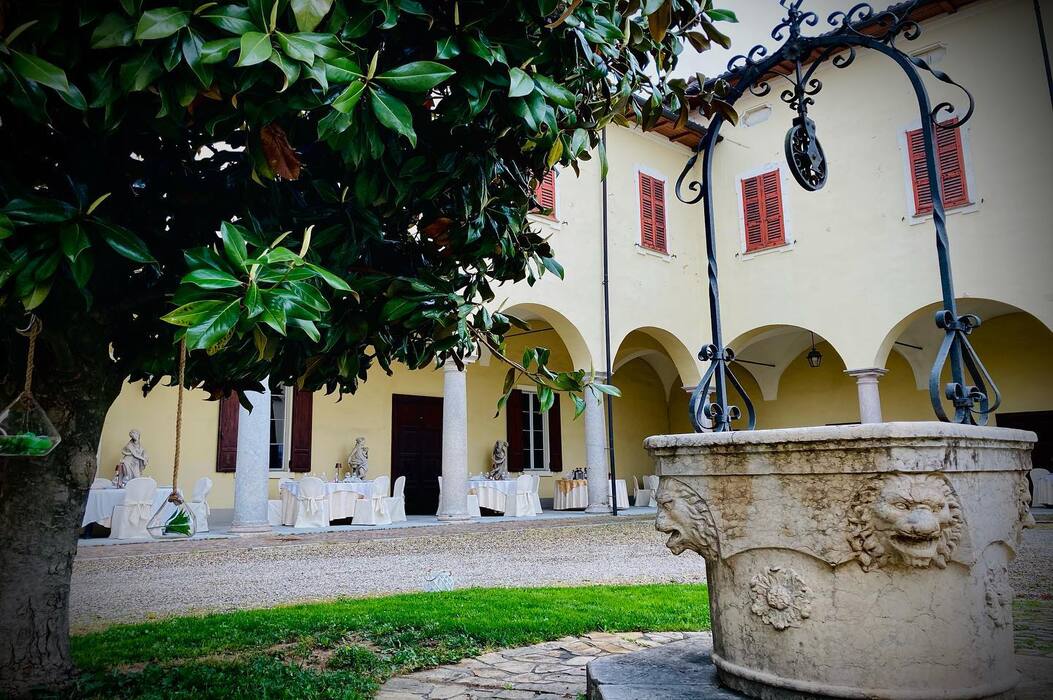Montesegale: a village of history, nature and tradition
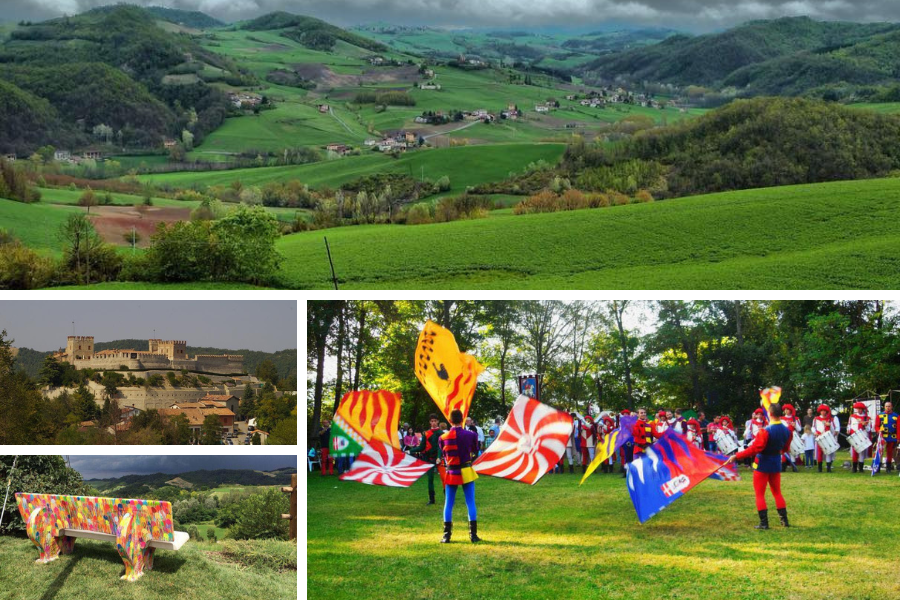
Located in the valley of the Ardivestra stream, Montesegale is a small jewel of the Oltrepò Pavese known for its evocative landscape and rich medieval history. Included among the Certified Authentic Villages, Montesegale implements local strategies aimed at enhancing the territory. Its hamlets are Balestrero, Bregni, Camolino, Case del Molino, Cencerate, Fornace, Frascate, Languzzano, Poggiolo, S.Damiano, Sanguignano, Zuccarello.
Cover images taken from the Facebook page of proloco Montesegale
A plunge into history
The name Montesegale is of Latin origin(Montesicalis, meaning ‘mountain of rye’), testifying to the historical cultivation of grasses in the area. Documented as early as the 11th century, the village came under the rule of the bishop of Tortona and was subsequently granted to Pavia by Federico Barbarossa in 1164.
In 1415 the castle was partially destroyed by Carmagnola on behalf of the Visconti family, but in 1451 Count Ottino Gambarana obtained the restoration of the feud from Duke Sforza, which remained in his family until the end of feudalism.
The Castle of Montesegale and the village
🏰The heart of the village is undoubtedly the majestic Montesegale Castle, also known as the Gambarana Castle.
Built between the 12th and 15th centuries, it dominates the hamlets of the village from a height of 350 metres above sea level and is clearly visible from a distance from the surrounding hills. It has an imposing crenellated wall connecting the large towers.
Accessed from the small square dedicated to the fallen of Nassiriya, a road runs along the walls to the main entrance, near theOratory of Sant’Andrea. The inner courtyard retains medieval architectural elements in brick and stone, with an acute arch in polished stone. Outside the castle is the ice house, perfectly preserved.
🎨Since 1975, the castle has housed the Museum of Contemporary Art, whose three galleries contain works by renowned artists such as Ernesto Treccani, Giovanni Frangi and Julian Schnabel.
It should be borne in mind that Montesegale Castle is privately owned, so it cannot normally be visited: it is only open to the public in the case of art-related events or for concerts in the amphitheatre.
⛪ Not far from the castle is the Church of Saints Cosmas and Damian, dating back to 1523, with a neoclassical façade that stands out among the meadows. Other religious buildings of interest are the Church of the Nativity of the Virgin Mary in Sanguignano and the Church of Santa Maria Annunziata in Languzzano, which houses ancient wooden statues and sacred paintings.
Events and traditions
Every year, the municipality of Montesegale celebrates its history with the San Damiano Fair, established in 1994, which includes the re-enactment of the investiture of Count Gambarana and a medieval market with local products. The village also offers nature itineraries, ideal for admiring the autumn foliage in the valley between Zuccarello and Bregni: yellow, green and fiery red, a riot of colours.
Authentic flavours: De.Co. products
Montesegale’s gastronomic tradition is represented by its four De.Co. (Denominazione Comunale) products, which represent local and Oltrepò Pavese agri-food craftsmanship.
Typical products:
- Pansegale: a tasty bread made from rye and wheat flour, with sultanas, figs, walnuts and sourdough, the result of the village’s bread-making tradition, making it one of the main bread towns in Italy.
- Trésa: local version of micca oltrepadana, a bread baked in terracotta ovens. And the typical bread eaten with Varzi salami!
- Mundiöla: coppa with Bonarda wine, aged six months.
- Salàm da cöta: salami to be cooked in a pot
Sports and passions
🏹 Sports enthusiasts can go to the archery range in Fornace. Cell. 335 6700923 – www.arcieriardivestra.com
🖼️Gli art enthusiasts can book a visit to the Museum of Contemporary Art (Via Castello) by calling 0383 99070.
With its history, old-world flavours, enchanting landscape and the wonder of its medieval castle, Montesegale is a perfect destination for a trip to the Oltrepò Pavese, amidst culture, nature and traditions.

 Save your favorite events
Save your favorite events




